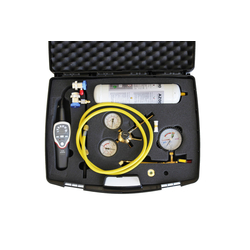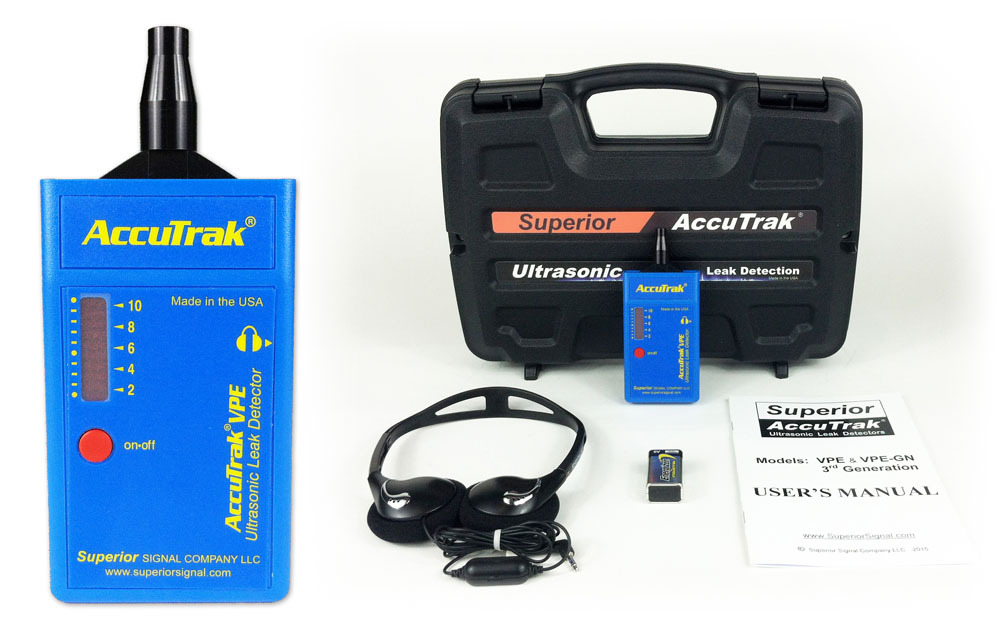Pipeline leak detection is used to determine if and in some cases where a leak has occurred in systems which contain liquids and gases. Methods of detection include hydrostatic testing, infrared, and laser technology after pipeline erection and leak detection during service
Pipeline networks are a mode of transportation for oil, gases and other fluid products. As a means of long-distance transport, pipelines have to fulfill high demands of safety, reliability and efficiency. If properly maintained, pipelines can last indefinitely without leaks. Some significant leaks that do occur are caused by damage from nearby excavation, but most leaks are caused by corrosion and equipment failure and incorrect operation If a pipeline is not properly maintained, it can corrode, particularly at construction joints, low points where moisture collects, or locations with imperfections in the pipe. Other reasons for leaks include exterior force damage (such as damage by cars and drilling rigs) and natural force (such as earth movement, heavy rain and flooding, lightening, and temperature)
The most common leak detection method for pipeline operators is called the Supervisory Control And Data Acquisition (SCADA) system. This system uses a series of sensors to track data such as pressure, flow rates, temperature, and whether valves are open or closed. The sensors relay the information to a control room where operators determine the legitimacy of the leak alarms. Some systems have added the Computational Pipeline Monitoring System (CPM), whose main task is to detect leaks. These systems have been reported by pipeline operators to the US Department of Transportation's Pipeline and Hazardous Materials Safety Administration to be inefficient in leak detection. Even with these in place, the SCADA system is reported to have detected only 19% of leaks, and the CPM system only detecting 10% of leaks
The primary purpose of leak detection systems (LDS) is to help pipeline controllers to detect and localize leaks. LDS provide alarms and display other related data to the pipeline controllers to assist decision-making. Pipeline leak detection systems can also enhance productivity and system reliability thanks to reduced downtime and inspection time
According to the API document "RP 1130", LDS are divided into internally based LDS and externally based LDS. Internally based systems use field instrumentation (for example flow, pressure or fluid temperature sensors) to monitor internal pipeline parameters. Externally based systems use a different set of field instrumentation (for example infrared radiometers or thermal cameras, vapor sensors, acoustic microphones or fiber-optic cables) to monitor external pipeline parameters



